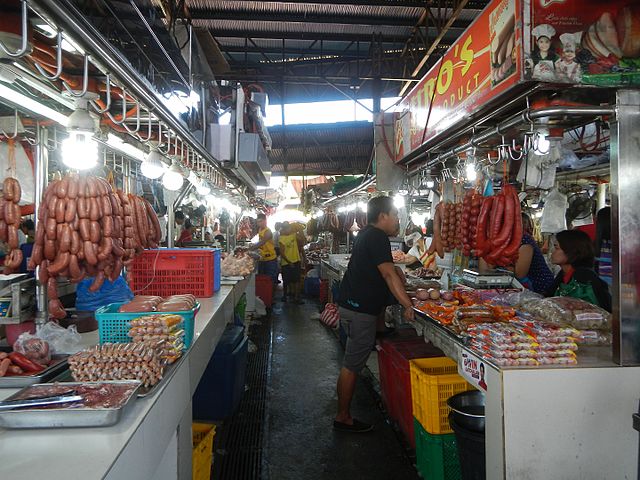Filipinos are certainly feeling the pinch after inflation in the Philippines hit a 14-year high of 8 percent, meaning consumer goods rose more than expected, according to the Philippine Statistics Authority.
This follows the 7.7 percent inflation rate in October.
Rises in food and non-alcoholic beverages, which surged to 10 percent from 9 percent in October, accounted for 58 percent of the overall price increase and drove the faster-than-expected increase in November.
The core consumer price index also reportedly rose 6.5 percent excluding the volatile food and energy components, faster than October’s 5.9 percent.
Meanwhile, inflation in the National Capital Region slowed down slightly from 7.7 percent to 7.5 percent, with slower increases in the following: housing, water, electricity, gas, and other fuels; transport; food and non-alcoholic beverages; and alcoholic beverages and tobacco.
Yet areas outside Metro Manila saw an increase to 8 percent from 7.6 percent in October.
Earlier estimates by the Bangko Sentral ng Pilipinas (Central Bank of the Philippines) showed inflation could fall anywhere between 7.4 percent to 8.2 percent in November. The BSP said that inflation could ease up in the coming months as global fuel prices slide, as well as “negative base effects, and as the impact of [its] cumulative policy rate adjustments work its way to the economy.”
Yet risks to the outlook on inflation remain high with high fertilizer prices affecting international food costs, trade restrictions, and adverse global weather conditions.





Reader Interactions